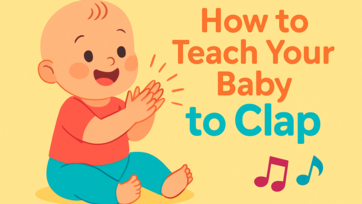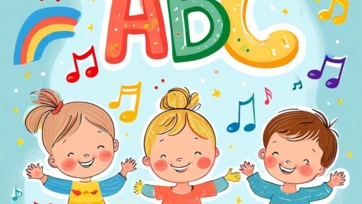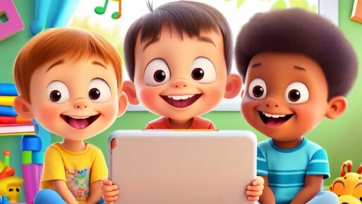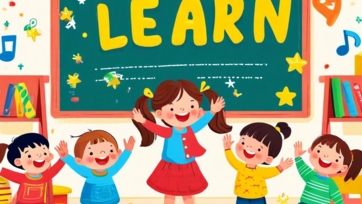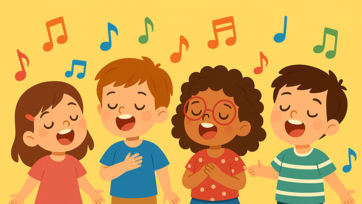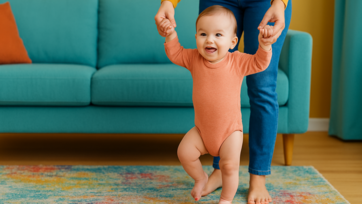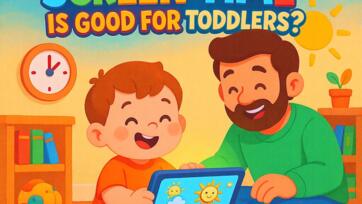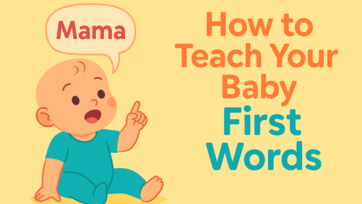Learning the alphabet is one of the most important steps in a child’s early education. But teaching ABCs doesn’t have to be boring or difficult. In fact, the more fun and creative the learning process is, the more children enjoy it and remember it better. Whether you’re a parent, teacher, or caregiver, there are countless engaging ways to help kids learn their ABCs with joy.
In this article, we’ll explore the Top 10 Fun Ways to Teach ABCs to Kids — all designed to be playful, effective, and educational.
1. ABC Songs and Music Videos
One of the most popular and effective ways to teach children the alphabet is through music. Kids love rhythm and repetition, and catchy ABC songs help them remember the sequence easily.
-
Why it works: Music activates memory and speech areas of the brain.
-
How to use: Play alphabet songs during playtime, car rides, or bedtime. You can also find many educational YouTube channels with fun ABC music videos.
-
Example: "ABC Clap With Me" is a great video where kids can sing, dance, and clap while learning each letter.
SEO tip: Use terms like "ABC songs for kids" or "alphabet learning music" when sharing content online.
2. Alphabet Flashcards With Pictures
Flashcards are a classic and versatile tool. When combined with bright pictures, they become visually appealing and help children connect letters with everyday objects.
-
Why it works: Visual memory is powerful at an early age.
-
How to use: Show one card at a time and say the letter and the object. For example, “A is for Apple,” “B is for Ball.”
-
DIY Tip: You can make your own cards using printed letters and cut-out pictures from magazines.
3. Interactive Alphabet Apps and Games
In today’s digital world, kids are naturally drawn to tablets and phones. Using educational apps to teach ABCs can make learning feel like play.
-
Why it works: Gamified learning increases attention span and engagement.
-
How to use: Look for trusted apps like ABCmouse, Starfall ABCs, or Endless Alphabet. Many are free and packed with games, puzzles, and songs.
-
Parental Tip: Set screen time limits and explore the games together.
4. Alphabet Crafts and Art Projects
Get creative with glue, scissors, and colorful paper! Alphabet crafts help develop fine motor skills while making learning hands-on.
-
Why it works: Kids learn best by doing.
-
How to use: Create a craft for each letter. For example, make a paper crown for “C” or paint dots for “D.”
-
Classroom idea: Create an “Alphabet Wall” where each child contributes a letter art piece.
5. ABC Scavenger Hunt
Turn learning into an adventure! An ABC scavenger hunt is an active way to help kids recognize letters and associate them with real-world items.
-
Why it works: Movement helps reinforce learning through play.
-
How to use: Hide objects or letter cards around the house or classroom. Ask kids to find something that starts with “S” or something shaped like the letter “O.”
-
Variation: Go on a nature walk and find objects for each letter—like “L” for leaf or “S” for stone.
6. Alphabet Tracing and Writing Practice
While singing and games are fun, kids also need to develop writing skills. Start with big, bold letters and let them trace with crayons or fingers.
-
Why it works: Builds hand-eye coordination and letter recognition.
-
How to use: Use printable worksheets or sand trays for tactile tracing.
-
Fun idea: Let kids write letters using finger paints, shaving cream, or in the sand at the beach!
7. Alphabet Books and Story Time
Books are powerful tools to build language and literacy. There are many wonderful alphabet books designed to teach letters through storytelling and illustrations.
-
Why it works: Storytelling connects letters with vocabulary and comprehension.
-
How to use: Read a different ABC book each week. Encourage kids to repeat the letters and spot them on the page.
-
Recommended Books:
-
“Chicka Chicka Boom Boom”
-
“Dr. Seuss’s ABC”
-
“Alphabet Adventure” by Audrey Wood
-
8. Play-Dough Letters and Sensory Play
Sensory play is fantastic for early learners. Let kids shape letters using play-dough, clay, or other textured materials.
-
Why it works: Enhances creativity, fine motor skills, and letter recognition.
-
How to use: Print out large letters and ask kids to roll the dough to match the shape.
-
Sensory idea: Add scents (like cinnamon or lemon) to make it multi-sensory!
9. Alphabet Puzzle Games
Puzzles help children with problem-solving and memory. Alphabet puzzles make learning letters more interactive.
-
Why it works: Combines visual, tactile, and logical learning.
-
How to use: Use wooden or foam puzzles where kids place the letter into its correct shape.
-
Challenge idea: Set a timer and see how quickly your child can finish the alphabet puzzle.
10. Daily Life ABC Learning
You don’t always need a formal activity to teach ABCs. Use your daily routine to point out letters and sounds in the environment.
-
Why it works: Real-life learning is more meaningful and easier to recall.
-
How to use:
-
At the grocery store, ask “What letter does ‘Banana’ start with?”
-
At home, label common items like “C for Chair” or “D for Door.”
-
Use meal times to talk about food names and letters.
-
Bonus Tips for Parents and Teachers
-
Be patient: Every child learns at their own pace.
-
Make it playful: Turn every lesson into a game or story.
-
Use praise: Celebrate small victories with claps, stickers, or hugs.
-
Stay consistent: A little bit of practice daily works better than a long weekly session.
Conclusion: Learning ABCs Can Be Fun and Effective
Teaching the alphabet is the first step toward building a strong foundation for reading and writing. By using these Top 10 Fun Ways to Teach ABCs to Kids, you’ll make learning enjoyable, exciting, and meaningful for your little learners.
Remember, children learn best when they are having fun. So sing, dance, play, read, and explore the alphabet together — and soon your child will be confidently saying and recognizing all 26 letters!
Stay connected with us at Learn-Kids.com for more fun learning ideas, educational videos, and printable activities. Follow us on Facebook, Instagram, and YouTube for daily updates and creative resources for kids.

